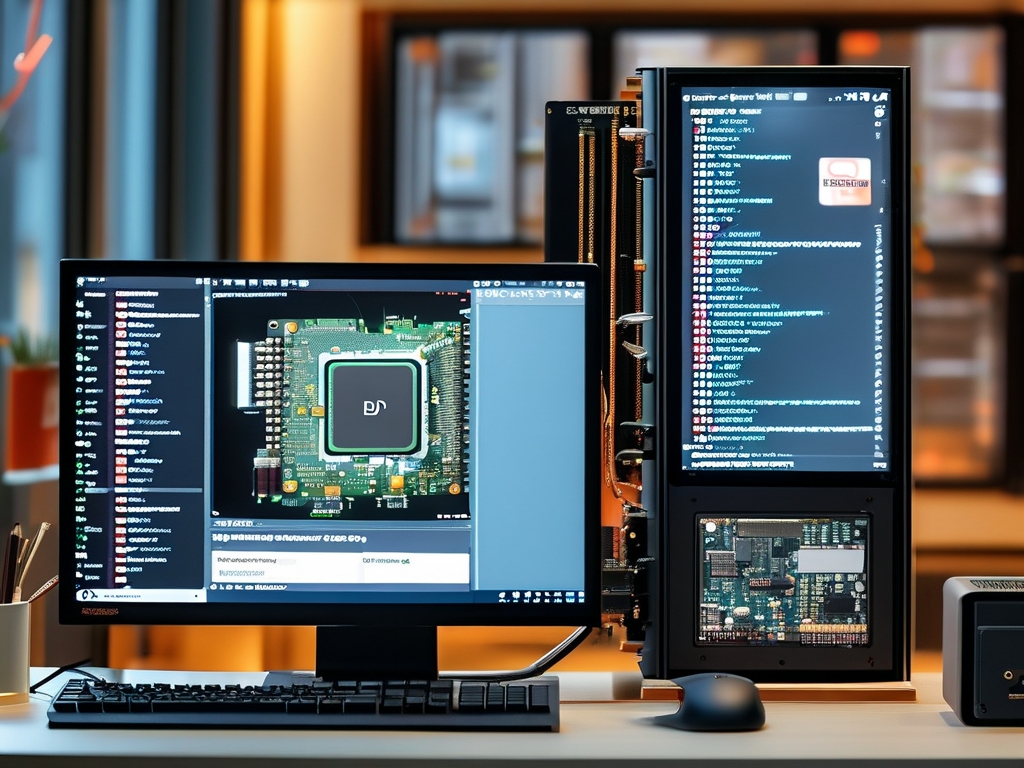Embedded Windows driver development is a specialized field requiring a deep understanding of both hardware interactions and the Windows operating system’s kernel architecture. Unlike application-level programming, drivers operate in a privileged environment, demanding precision to ensure system stability and performance. This article explores foundational concepts, practical implementation steps, and optimization strategies tailored for embedded Windows environments.

Understanding the Embedded Windows Driver Model
At its core, Windows drivers act as intermediaries between hardware devices and the operating system. In embedded systems—such as industrial controllers, medical devices, or IoT gateways—drivers must often interface with custom hardware components. The Windows Driver Framework (WDF) simplifies this process by providing abstractions for common tasks like memory management, interrupt handling, and power management. Developers typically use the Kernel-Mode Driver Framework (KMDF) or User-Mode Driver Framework (UMDF), depending on whether the driver requires direct hardware access or can operate in a safer, isolated space.
A critical consideration in embedded environments is resource constraints. Unlike desktop systems, embedded devices may have limited processing power or memory. For example, a driver handling sensor data in a real-time system must minimize latency while avoiding excessive CPU usage. This balance requires careful design, such as leveraging DMA (Direct Memory Access) for bulk data transfers or optimizing interrupt service routines (ISRs).
Development Workflow and Tools
Developing a Windows driver begins with configuring the Windows Driver Kit (WDK) and Visual Studio. The WDK includes templates, libraries, and debugging tools essential for driver development. A typical workflow involves:
- Hardware Analysis: Identifying register maps, communication protocols (e.g., SPI, I2C), and interrupt requirements.
- Driver Initialization: Implementing the
DriverEntryfunction to set up driver-wide resources. - Device Control: Handling I/O requests via
EvtIoRead,EvtIoWrite, and other callback functions.
Below is a simplified code snippet for initializing a KMDF driver:
NTSTATUS DriverEntry(_In_ PDRIVER_OBJECT DriverObject, _In_ PUNICODE_STRING RegistryPath) {
WDF_DRIVER_CONFIG config;
WDF_DRIVER_CONFIG_INIT(&config, EvtDeviceAdd);
return WdfDriverCreate(DriverObject, RegistryPath, WDF_NO_OBJECT_ATTRIBUTES, &config, WDF_NO_HANDLE);
}
Debugging drivers poses unique challenges due to their kernel-mode execution. Tools like WinDbg and hardware debuggers (e.g., JTAG probes) are indispensable. Developers often enable verbose logging using DbgPrintEx and analyze crash dumps to diagnose issues like memory leaks or race conditions.
Optimization Strategies for Embedded Scenarios
Efficiency is paramount in embedded systems. One optimization technique involves minimizing context switches between user and kernel modes. For instance, using buffered I/O instead of direct I/O can reduce overhead when transferring small data packets. Additionally, leveraging timer queues instead of polling loops improves power efficiency—a critical factor for battery-operated devices.
Another area of focus is power management. Embedded devices often rely on the Advanced Configuration and Power Interface (ACPI) to transition between power states. Drivers must respond appropriately to events like IRP_MN_SET_POWER to suspend or resume operations without data loss. For example, a driver managing a wireless module might cache pending transmissions before entering a low-power state.
Security and Reliability Considerations
Security vulnerabilities in drivers can compromise the entire system. Common pitfalls include buffer overflows, improper access control, and unvalidated input. The WDF mitigates some risks through built-in safeguards, but developers must still adhere to best practices like:
- Validating all input parameters.
- Using secure memory functions (e.g.,
RtlCopyMemoryinstead ofmemcpy). - Restricting access to device interfaces via security descriptors.
Reliability is equally critical. Embedded systems often operate in harsh environments where hardware faults may occur. Implementing watchdog timers or redundant communication channels ensures the system can recover gracefully from unexpected errors.
Embedded Windows driver development blends low-level hardware expertise with OS internals knowledge. By mastering tools like the WDK, adopting optimization techniques, and prioritizing security, developers can create robust drivers tailored for resource-constrained environments. As IoT and edge computing evolve, the demand for efficient, reliable drivers will only grow—making this skill set invaluable for engineers working at the intersection of hardware and software.









